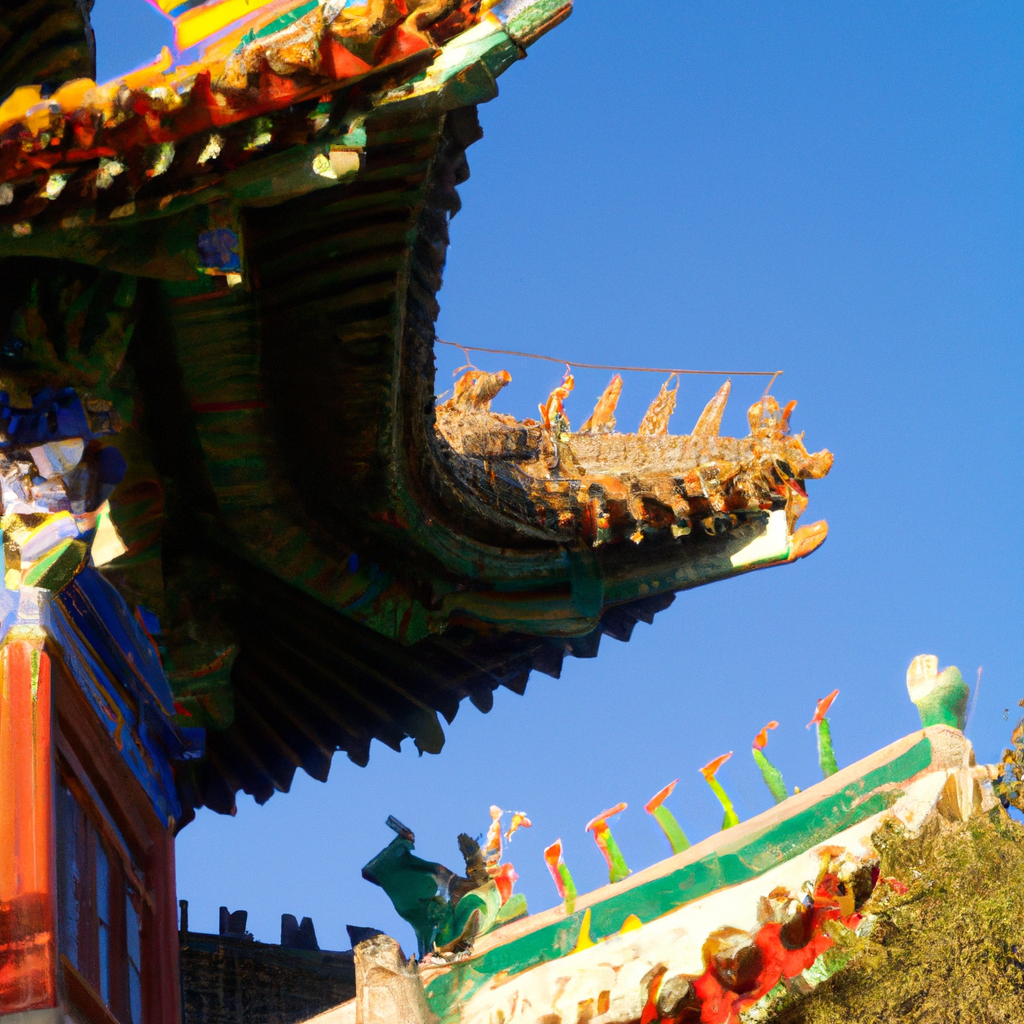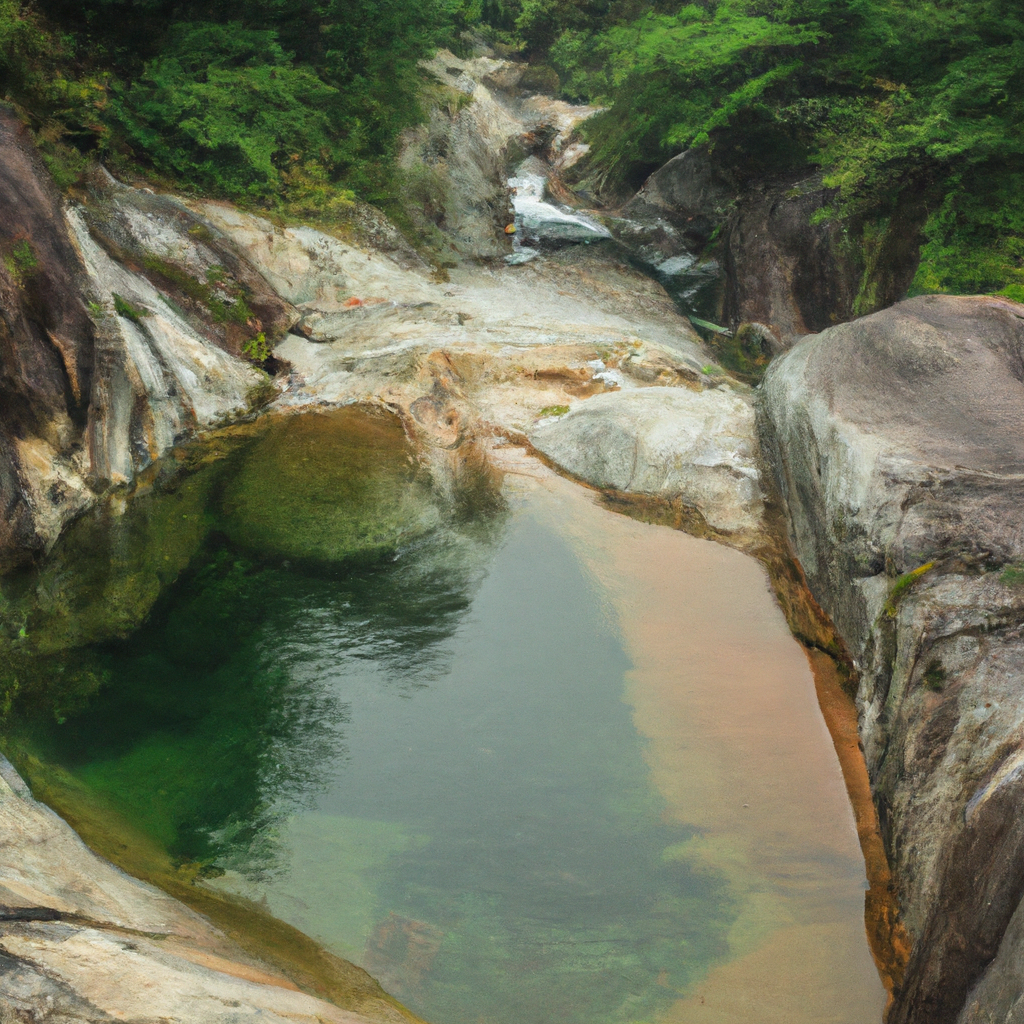Yungang Grottoes in Shanxi In China: Overview,Prominent Features,History,Interesting facts
Overview:
: The Yungang Grottoes are ancient Buddhist cave temples located in the Chinese province of Shanxi. It is a UNESCO World Heritage Site and the site consists of 252 grottoes, which are filled with thousands of Buddha statues from the 5th and 6th centuries. It is considered to be one of the three major stone carving sites in China. The site of the grottoes was first discovered in the 16th century and excavation began in the late 1940s. Many of the statues contain remarkable detail and serve to illustrate the history of Buddhist art and architecture. It is one of the most beautiful monuments in China
Prominent Features:
1.The Yungang Grottoes are located in Datong, Shanxi province, in northern China. 2.The site features 252 grottoes that hold over 51,000 Buddha statues, some of which are 17 metres tall. 3.The Yungang Grottoes were built between the 5th and 6th centuries CE during the Northern Wei Dynasty. 4.The grottoes are carved into a sandstone cliff, similar to Buddhist caves formerly seen in India. 5.The Yungang Grottoes are seen as a masterpiece of Chinese stone carving, and are particularly noted for the high technical, artistic and cultural level of their Buddhist carvings and their organisation and layout. 6.The site is one of the Three Great Buddhist Grottoes in China and is now a UNESCO World Heritage Site. You can learn history, culture, and heritage through these magnificent monuments in China.
History:
The Yungang Grottoes (simplified Chinese: 云冈石窟; traditional Chinese: 雲崗石窟) are ancient Chinese Buddhist temple grottoes located near the city of Datong in Shanxi province. They were created during the Northern Wei Dynasty (386–534 AD) when Buddhism was the major religion in China and served as a place of worship and contemplation. The grottoes are renowned for their Buddhist carvings, including statues, wall paintings and inscriptions. They are one of the three major cave sites in China and were included in the UNESCO World Heritage List in 2001. The construction of the Yungang Grottoes began in the first half of the 5th century AD over a period of 108 years and ended in the second half of the 6th century AD. The first phase of the construction, under the rule of Emperor Taiwu (407–452) of the Northern Wei Dynasty, began in 453 AD. A total of 252 grottoes have been carved out of the rock, and there are 51,000 registered statues. The sculptures were made from the local sandstone and represent images of the Buddha and Bodhisattvas as well as various celestial guardians and devas. Some of the statues are quite large, such as the Gautama Buddha statue, which is 17.14 meters high, making it the tallest Buddha statue in China. The Yungang Grottoes were listed as a World Heritage Site by UNESCO in 2001. In its statement of State Significance, UNESCO stated, “The Buddhist caves at Yungang are a masterpiece of early Chinese large-scale religious sculpture. The exceptional quality of their sculpting not only set a technical standard for later Chinese Buddhist sculpture but also exemplify the high level of achievement of Chinese art in the 5th–6th centuries AD”. The Yungang Grottoes are a major attraction for both local and international tourists and continue to serve as a place of worship and contemplation for Buddhists around the world. Visit one of the famous monuments of China with your friends and family.
Interesting facts:
1. The Yungang Grottoes are an impressive set of ancient Chinese Buddhist cave temples near the city of Datong in Shanxi Province. 2. These grottoes are the second largest in China and considered to be the county’s most exquisite examples of Buddhist cave art from the 5th and 6th century. 3. At their height, the Yungang Grottoes had over 50,000 statues of various sizes. 4. The grottoes underwent restoration in the 1950s by teams of Chinese and Japanese experts. 5. In December 2001, they were declared a UNESCO World Heritage Site. 6. The Yungan Grottoes provide insight into the development of Buddhist art in the early part of the first millennium CE in China. 7. The image of a smiling buddha is still a popular art piece in China and abroad. One of the historical monuments of China, it tells the story of a bygone era
Explore China most popular tourist destination with us. Yungang Grottoes in Shanxi In China: Overview,Prominent Features,History,Interesting facts,which is 35.14 km away from China main town, is the most popular destination to add in your travel wishlist.
-
City:
China
-
state:
Shanxi
-
country:
China
-
country code:
CN
-
postcode:
043000
Location:
Shanxi China



 In China.png)

 In China.png)












